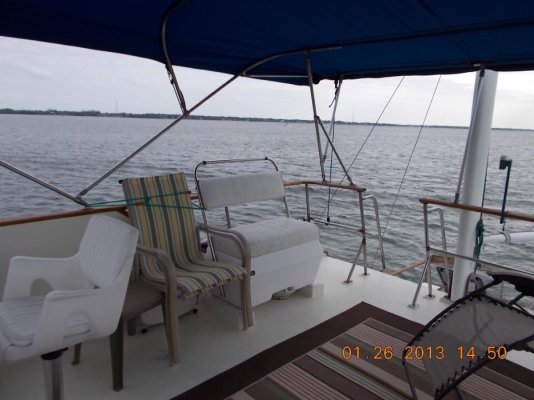Mule
Guru
I have a sniffer in my bilge piped in solenoid controlled propane range and it has a thermocoupled pilot light system...a true curse. The government has announced pilot lights are history and other lighting systems will be available soon. I have to light a pilot light every time I wish to use the oven if I turn off the gas at the tank because I lose the pilot light. I do not like a pilot light due to the open flame in the boat 24/7 so after using the stove I throw the switch and out goes the pilot light. Here is the question, insofar as the manufactures have not caught up, does any of you out there know of a reasonably priced 2 foot range with electronic ignition in the oven?
I have done a search, I have not removed the stove, (yet) to try to find a way to override the thermocoupled system. I have yet to find an electronic ignition system ...Maybe a spark plug and...well maybe.
Open for suggestions.
I have done a search, I have not removed the stove, (yet) to try to find a way to override the thermocoupled system. I have yet to find an electronic ignition system ...Maybe a spark plug and...well maybe.
Open for suggestions.




